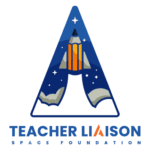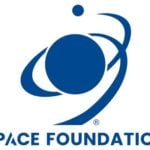Education
Space Foundation Provides Educator Professional Development in Charles County, Md.; New Science Center Opens
Written by: developer
The Space Foundation education team concluded its summer Space Across the Curriculum courses with four classes over two weeks in Charles County, Md. The Space Foundation has provided teacher professional development for Charles County Public Schools (CCPS) for eight consecutive years.
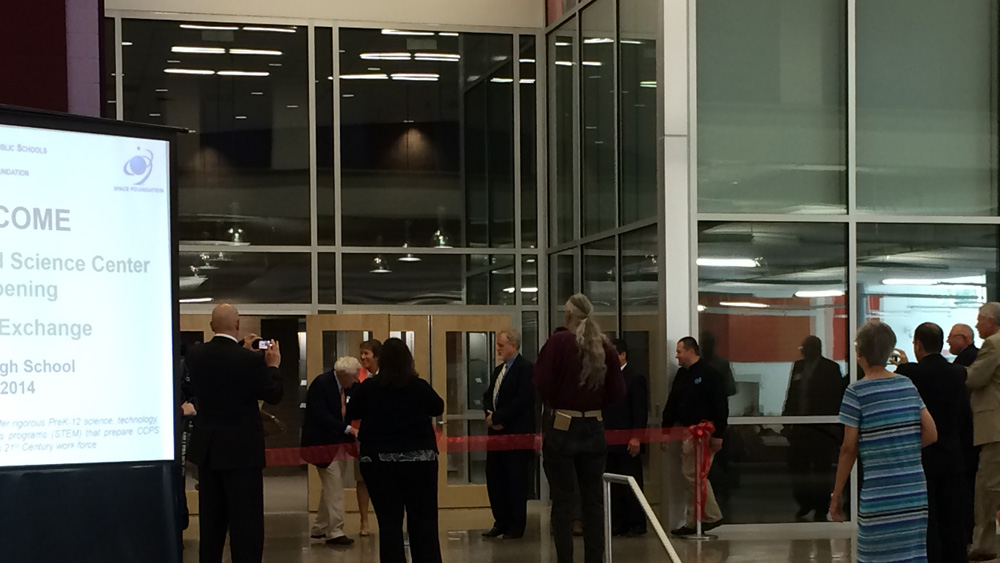 One of the highlights of the two weeks in Charles County was the grand opening of the James E. Richmond Science Center, located at the new St. Charles High School and named for former CCPS superintendent.
One of the highlights of the two weeks in Charles County was the grand opening of the James E. Richmond Science Center, located at the new St. Charles High School and named for former CCPS superintendent.
The science center houses the world’s first Science on a Sphere® at a public high school, as well as one of the world’s largest digital planetariums. Under the supervision of director Monique Wilson, the staff of the science center will conduct standards-based education programs for the students of Charles County.
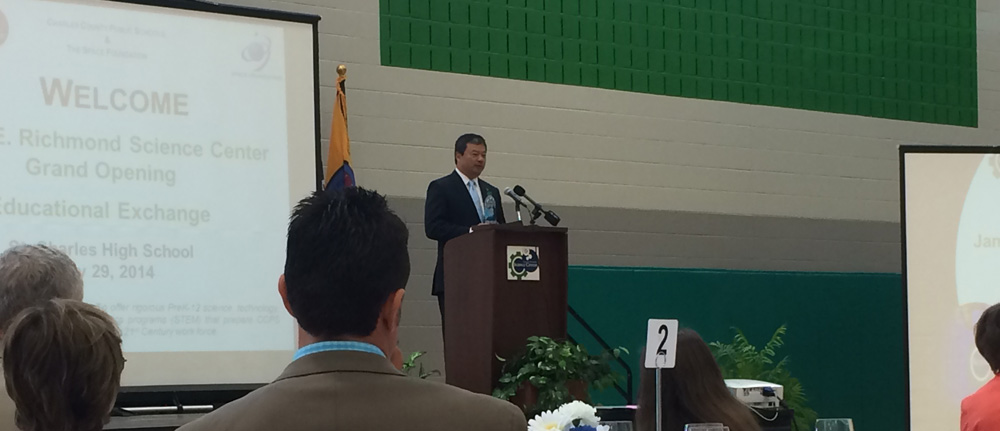 The opening ceremony luncheon on July 29, featured comments by former astronaut Dr. Leroy Chiao (pictured), Special Advisor Human Spaceflight for the Space Foundation. The Honorable Patti Grace Smith, Space Foundation board member, also attended.
The opening ceremony luncheon on July 29, featured comments by former astronaut Dr. Leroy Chiao (pictured), Special Advisor Human Spaceflight for the Space Foundation. The Honorable Patti Grace Smith, Space Foundation board member, also attended.
The ribbon-cutting ceremony speech was delivered by Christos Michalopoulos, Deputy Director for K-12 and Informal Education at the National Oceanic and Atmospheric Administration (NOAA). Science on a Sphere was created by NOAA.
While in Maryland, the Space Foundation delivered four educator professional development courses at Theodore G. Davis Middle School: “PreK-2 Early Childhood Space Exploration;” “Meteorology and Space Weather; Earth Systems Science:” “Our Earth Revealed; and Biological and Physical Research:” “Long-Term Space Travel.”
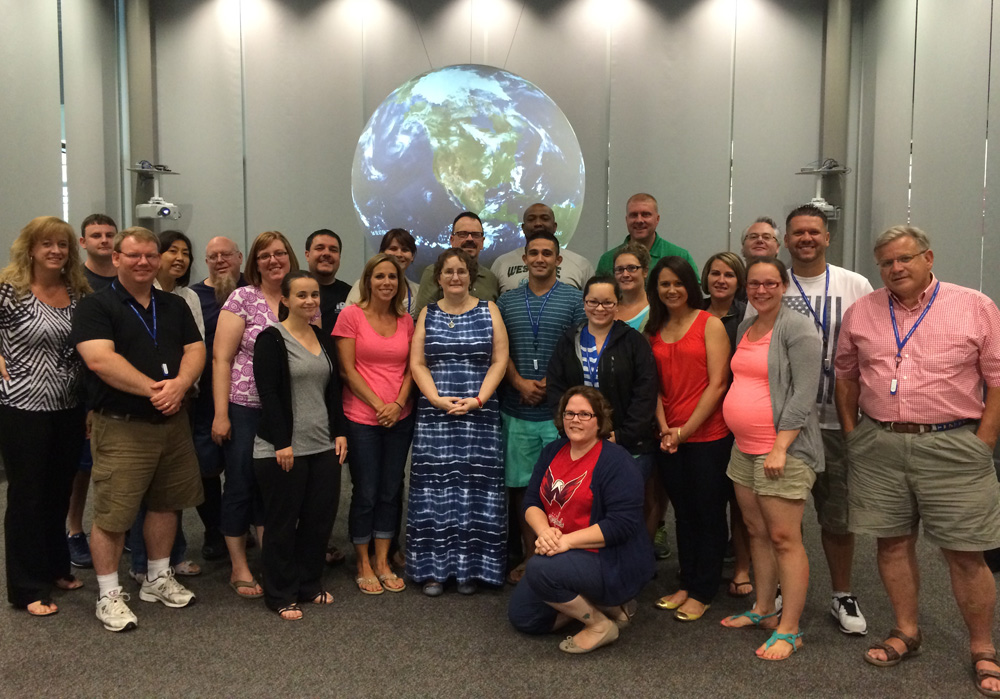 During the Meteorology course the teachers spent an entire day at the James E. Richmond Science Center where Space Education Specialist Elias Molen presented Science on a Sphere weather datasets. Special guest speaker Erica Grow, WUSA9 weekend meteorologist out of Washington, D.C., spoke to the teachers about how meteorologists interpret weather data.
During the Meteorology course the teachers spent an entire day at the James E. Richmond Science Center where Space Education Specialist Elias Molen presented Science on a Sphere weather datasets. Special guest speaker Erica Grow, WUSA9 weekend meteorologist out of Washington, D.C., spoke to the teachers about how meteorologists interpret weather data.
Kristen Weaver, Education Specialist for the Global Precipitation Measurement (GPM) mission, also talked to the teachers on how the GPM mission will change how we monitor fresh water on the planet. Weaver showed the PreK-2 teachers how they could use the mission and educational resources to teach the water cycle to young students. That class was taught by Space Education Specialist, Jami Sunkel and Director-Education, Bryan DeBates.
During the second week, “Earth Systems Science: Our Earth Revealed” was taught by Jay Temple, a 20-year veteran oil industry geologist and field geologist for the U.S. Geological Survey. The course was custom-designed for the Maryland teachers to feature the geology of the Chesapeake Bay region. The course included a trip to Calvert Cliffs, where one can see hundreds of thousands of years of sedimentary layering.
The other course that week, “Biological and Physical Research: Long-Term Space Travel,” gave teachers an opportunity to sit in a Barany Chair in order to feel the disorientation that astronauts experience. The course culminated with microgravity simulation experiences held at the North Point High School swimming pool.
Back at Space Foundation World Headquarters in Colorado Springs, the education team is now preparing for the upcoming school year, hosting “Discover the Universe” school field trips to the Space Foundation Discovery Center, as well as GlobalCast presentations to teachers and students around the world, conducted on the Space Foundation’s own Science On a Sphere.
Learn more about Space Foundation education programs here.
This article is part of Space Watch: September 2014 (Volume: 13, Issue: 9).

